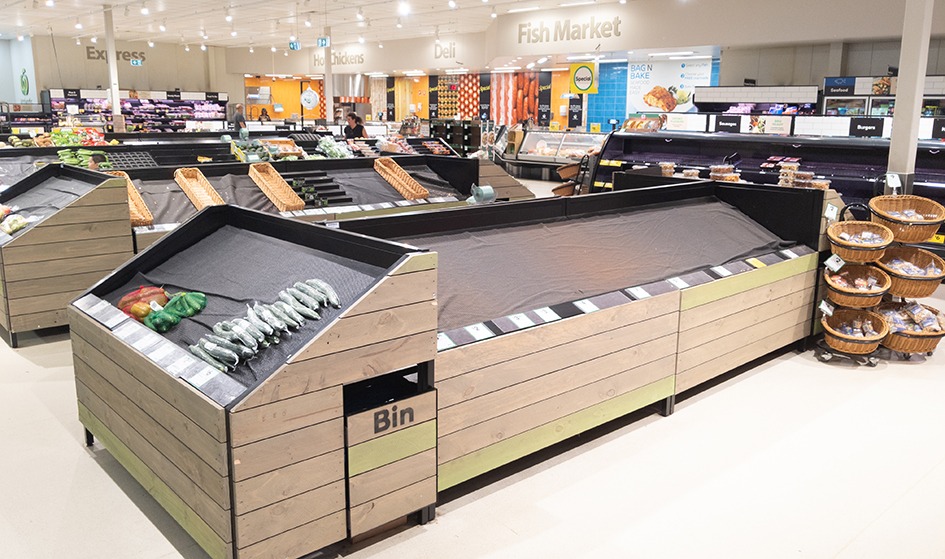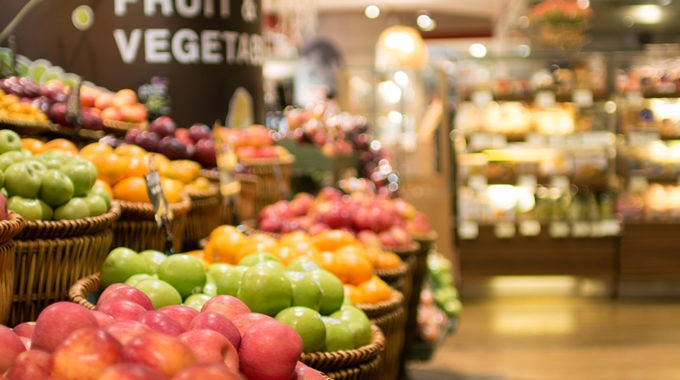Crop losses putting food supply at risk
Australian-grown, affordable, fresh produce on our local supermarket shelves is something we all take for granted. But the Australian Fresh Produce Alliance says this is being placed in jeopardy as farmers are losing or abandoning their crops due to the fact that there are still not enough workers available to help harvest them.
“The lack of available labour is now dire for many farmers, with only 150 people having taken up the government’s relocation allowance, while more than 2000 foreign backpackers leave Australia each week,” says Michael Rogers, CEO of the Australian Fresh Produce Alliance. “Farmers desperately need a national approach from governments to continue incentives for Australians to work in the fresh produce industry, efficiently and expeditiously implement a workable pathway to allow seasonal workers from the Pacific entry to Australia, and establish a Harvest Work Visa targeted solely at the fresh produce sector.”

There are normally up to 200,000 backpackers or working holiday maker visa holders in Australia working in tourism, hospitality, agriculture and other sectors. The number of backpackers has declined to 50,000, while thousands continue to leave every week. Meanwhile, there are normally 14,000 workers from the Pacific and Timor Leste working in horticulture, but most of the current 6000 visa holders have been here for more than 12 months and many, understandably, now want to return home to their families.
“We have reached the tipping point for available workers,” Rogers says. “Worker shortages are emerging in every state and territory, and crop losses are beginning to increase.”

The National Farmers’ Federation (NFF) Horticulture Council has launched a National Lost Crop Register, to track and report crop losses as the slow-moving crisis of seasonal worker shortages unfolds. This evidence will be used to inform decision-making and improve the ability of industry to collectively advocate for greater government intervention.
The register will enable growers around the country to anonymously record crops that have gone to waste because of a lack of seasonal labour. Over 30 growers have already reported crop losses, worth more than $22 million at the farm gate.
“Unlike drought, poor prices or a new disease, lack of labour available to harvest our crops won’t discriminate,” says NFF CEO Tony Mahar. “It will be felt across the country, in every commodity. Expert independent analysis suggests that without the return of international travel to previous levels our situation is likely to deteriorate through next year.”

Southern Queensland strawberry grower Nathan Baronio has already recorded more than half a million in lost crops on the register and is expecting further losses as his production peaks into next year: “It’s an incredibly demoralising situation,” he says. “Our staff and management team are working way too long and hard to get the crops off, but eventually we’ve had to sacrifice some fields in order to harvest others.”
Rogers says that what the industry needs right now is action from all levels of government. Any delays in addressing the issue risk shortages of produce both in the short term but also in the long term as farmers reduce their plantings and production expectations for 2021.
“The benefits from the bumper crop conditions we’ve all heard so much about this year will be lost if there are not enough workers to pick the crops,” he says. “This will place in jeopardy the ability of Aussie farmers to provide affordable, fresh and nutritious fruit and vegetables for every Australian.”









